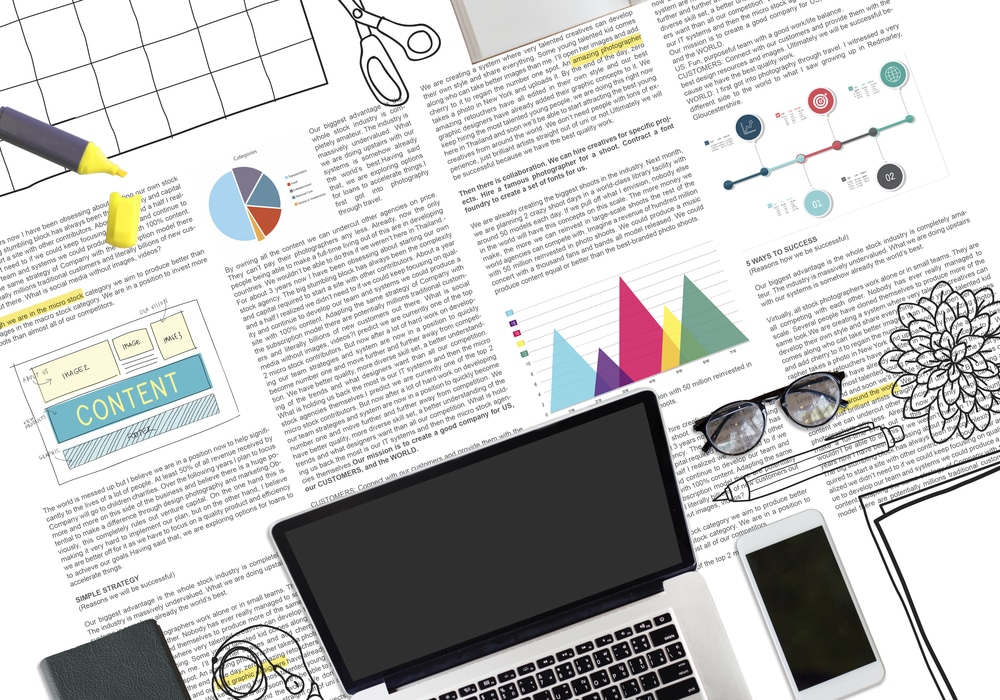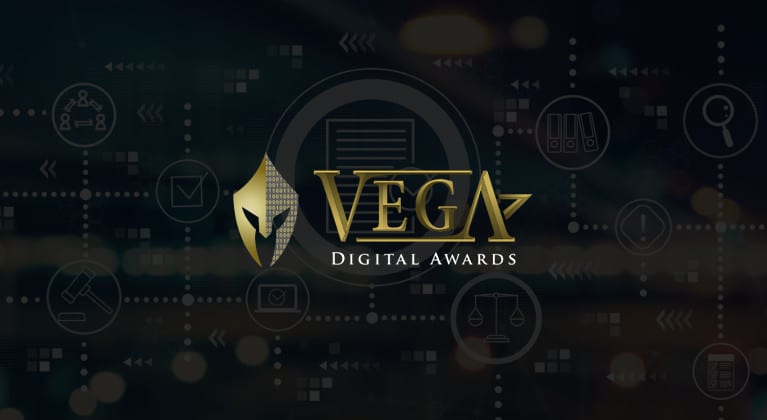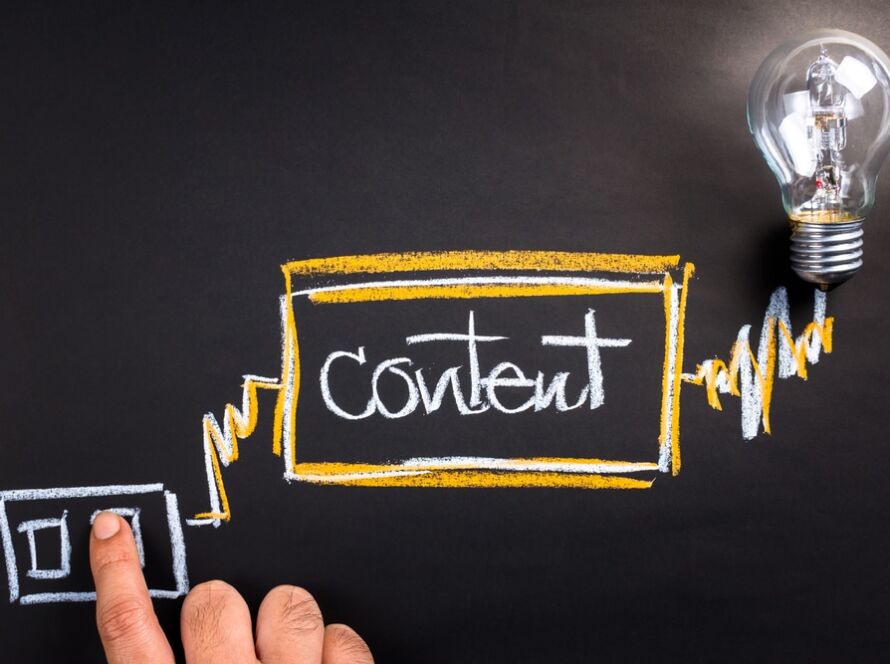In today’s ever-changing world, marketers and companies alike have a plethora of advertising platforms at their disposal. From social media to a captivating video brochure, to magazines and billboards, we are spoilt for choice when it comes to spreading our message to consumers.
But with so many options available, it can be challenging to choose the best advertising format that is suited for your brand and business. Would running print ads in the local paper drive more traffic to your brand or is a social media or email marketing campaign better suited for your target audience and advertising goals?
If you are struggling to decide which form of advertising is best for increasing your ROI (return on investment), then you have come to the right place! Here is everything you need to know about digital marketing versus print advertising:
What Is Print Advertising?
Despite living in this digital world, print advertising is still relevant and practical. Print adverts appear in magazines, newspapers, flyers, and brochures. In addition to publications, print adverts are also commonly used for pull banners, branding in shopping malls, and retail stores, as well as building wraps, billboards, and promotional gifts.
While print may be one of the oldest forms of advertising, it has evolved with the times by adapting to the technological era with the use of interactive elements, 3D technology, augmented reality (AR), and variable data printing, which has significantly lowered the cost of traditional print methods.
The Pros and Cons of Print Advertising
The benefit of using print as an advertising medium is that it is a tangible and emotional experience for consumers. Marketers can target a specific audience by placing adverts in content-specific and market-related magazines and newspapers. For example, advertising wedding shoes or florist services to a bride to be in a bridal magazine immediately creates a personal and emotional connection.
The bride-to-be is also able to keep the advert on hand for when she is ready to contact the company at a later stage. Additionally, marketers can reach audiences that do not have access to the internet, which is especially beneficial for job seekers and low-income households.
Studies have shown that print marketing is also mentally stimulating and more likely to hold the attention of consumers longer than other advertising formats. The downside to print advertising is that it can be a costly exercise that does not yield many results.
Depending on where the advert is published, your primary target audience may not be taking note of the advert, which could be a very likely scenario especially since you are unable to track the results and behaviors of your audience in real-time.
What is Digital Marketing?
Digital marketing encompasses all forms of adverts that are displayed on your electronic device on the internet, in your apps, and in your email accounts. Companies use digital platforms such as social media, email, websites, and search engines for advertising their products and offerings to consumers based on keywords, customer behaviors, and search history.
Marketers build a strategy around your goals and business needs to ensure your company gets the best reach to a targeted audience that helps you get the best ROI (return on investment) based on your budget.
The content of digital adverts is incredibly interactive and can range anywhere from a video clip or an email with a call to action to an enticing flash game. The nature of this content depends on your company’s brand and the platform you decide to use, such as Google Ads or Facebook Ads.
[optin-monster slug=”nnjs6j73ap2ljrvzvp9g” followrules=”true”]
The Pros and Cons of Digital Marketing
Unlike print, digital marketing gives you more control over how and when you exceed your budget. These platforms also allow you to reach specific people based on age, gender, location, and spending habits. Once a user connects with your advert, digital advertising platforms such as Google
Ads record their behaviors and actions in real-time, giving you more insights into how your adverts are performing from impressions to clicks to the bounce rate.
In addition to measurable results, digital marketing is instant. For example, if your advert pops up on a blog and the reader is interested in your services or products, the user can click on the ad and directs to a landing page related to the advert. It is also extremely accessible for consumers to get what they are looking for quickly.
Whether it is pool cleaning services or a beautiful pair of new kicks… it is just a simple click away. If your company has a good reputation and the advert is relevant, captivating, and emotional, your audience is more likely to spread the word to friends and family by retweeting or sharing your content.
Like all good things in life, there is a yin to the yang, which is no different when it comes to digital marketing. One of the significant downsides of advertising online is the cost. In some cases, it can be a more affordable option because you have more control over your spending.
However, digital advertising works similarly to a bidding system. When the competition is fierce, it could end up costing you a lot of dollars to rank for a specific keyword depending on your industry. Another downside to digital ads is that once the ad disappears from your feed, it can be difficult to retrieve, especially if you have forgotten the name of the company already. It is not tangible or ‘forever’ like a printed brochure or flyer.
Getting the Most Out of Both Formats
Choosing the best format for your brand or business depends on your goals. For some, social media and Google ads are the best platform to use for instant response and results, while other companies may find more value in print ads. If your budget allows, using both formats can help increase your traffic and broaden your company’s horizons, especially when done strategically. The best thing that you can do is define your target audience and then go from there, as seniors who prefer physically reading magazines, and newspapers as opposed to browsing on the internet or smartphone.
If you would like to speak to a Relevance Strategist to talk more about your digital marketing goals book here!





